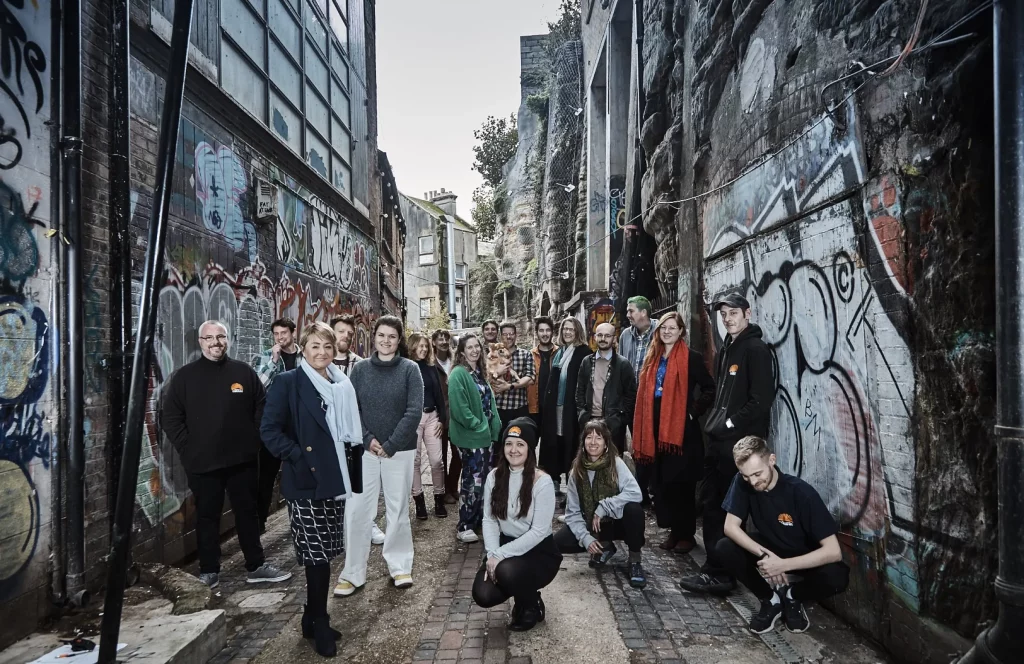The Ballybane Neighbourhood Project in Galway aims to transform a disadvantaged area with poor housing, high unemployment, and limited services into a thriving, mixed-income community. The project has delivered 216 new homes, including units for owner-occupiers, social renters, and the local Traveller community. Homes are built to high environmental standards, and there is no difference in design between rented and owned properties. Special housing is also provided for older people and those with special needs.
A new Neighbourhood Village Centre now serves as a hub, offering a medical centre, library, shops, and 15 enterprise units. This was funded through a unique partnership between Galway City Council and the local credit union, creating a sustainable model that generates income for community services. “Home Zones” make streets safer for children and foster a sense of community.
The Traveller community played a central role in planning their new housing, which includes space for caravans and small-scale economic activity. Closing the long-standing encampment and providing appropriate housing reduced antisocial behaviour and improved the area’s image.
The project has boosted employment, created opportunities for local entrepreneurs, and improved education and training access. Crime has fallen thanks to better design and community engagement. The mix of housing tenures has strengthened social cohesion, and property values have risen as the area’s reputation improves.
Financially, the project is self-sustaining. Profits from leasing and selling parts of the Village Centre fund further enterprise units and local services. Socially, the initiative has reduced stigma, integrated the Traveller and settled communities, and encouraged active resident participation in planning and management.
Ballybane’s success has inspired similar projects in other parts of Galway and beyond, showing how local partnerships, smart funding, and community involvement can drive lasting social and economic regeneration.
Galway City Council








